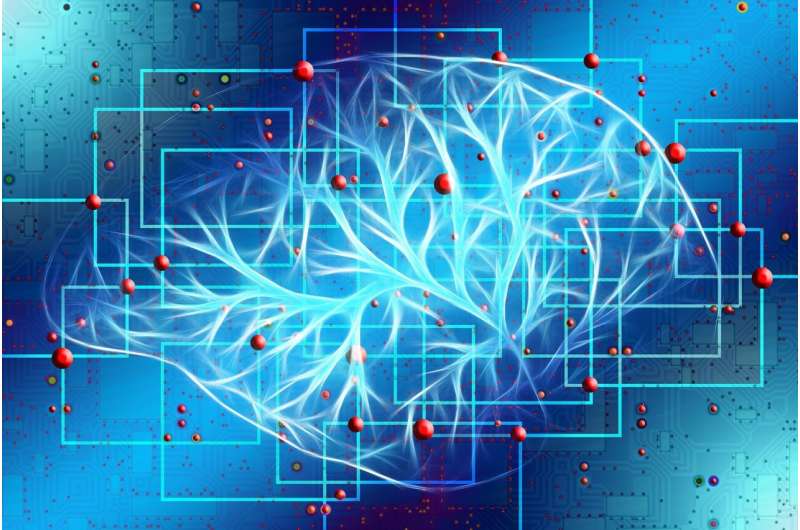Innovative Gene Therapy Reduces Cardiac Arrhythmias Post-Heart Attack

Gene therapy targeting scar tissue post-heart attack shows potential in reducing dangerous cardiac arrhythmias by improving electrical conduction with connexin 43 expression.
Recent advancements in gene therapy have shown promising results in preventing cardiac arrhythmias following heart attacks. When a severe heart attack occurs, a significant number of heart muscle cells die and are replaced by scar tissue to support the heart's structure. This scar tissue mainly consists of connective tissue cells called fibroblasts, which are not contractile and impede electrical conduction across the heart, often leading to dangerous arrhythmias.
Prof. Dr. Wilhelm Röll of the UKB Heart Center explains that fibroblasts in scar tissue have limited connexin 43 expression— a critical gap junction protein for electrical conduction. This deficiency delays electrical impulses, contributing to arrhythmogenic conditions near the damaged tissue.
To address this, researchers from the University of Bonn developed a novel approach to enhance electrical connectivity in scar tissue. They used the Moloney Murine Leukemia Virus (MMLV), combined with magnetic nanoparticles (MNP), as a vector to deliver the connexin 43 gene specifically into fibroblasts within the scar. This targeted transduction was achieved by applying a magnetic field, concentrating the gene delivery precisely to the affected area.
The strategy aimed to make fibroblasts produce connexin 43, improving electrical coupling with neighboring heart cells and potentially reducing arrhythmias. The researchers used MMLV because it selectively transduces fibroblasts without affecting healthy heart muscle cells. When tested in a mouse model, three days after a myocardial infarction, the complexes were injected directly into the injury site, and successful transduction was confirmed two weeks later. Functional tests revealed that mice with connexin 43 expression in the scar area experienced approximately 50% fewer arrhythmias compared to control mice lacking connexin 43.
These findings, published in The Journal of Physiology, demonstrate a promising gene therapy approach for improving electrical conduction in scar tissue after heart attacks. Although promising, further research is needed to identify suitable vectors for human application and to validate these results in larger animal models, paving the way for potential future clinical therapies.
This innovative technique offers a new path toward targeted treatment of scar-related arrhythmias, potentially improving survival and quality of life for heart attack patients.
Stay Updated with Mia's Feed
Get the latest health & wellness insights delivered straight to your inbox.
Related Articles
New Research Identifies PTP1B as a Key Target to Protect the Heart in Obesity and High-Fat Diet Conditions
Research from MMRI identifies PTP1B enzyme as a key driver in obesity-related heart dysfunction, opening new avenues for targeted therapy to protect cardiac health.
Psilocybin Modulates Brain Circuits to Alleviate Chronic Pain and Depression, New Study Finds
A groundbreaking study reveals how psilocybin influences brain circuits to reduce chronic pain and depression, opening new avenues for non-addictive therapies.
Collaborative Initiative Aims to Enhance Mental Health Diagnosis with Biological Testing
A global coalition is working to revolutionize mental health diagnosis by integrating biological tests such as MRI, blood analyses, and digital tools, aiming for more accurate and personalized psychiatric care in the coming decades.
Chromatin Structure and Its Role in p53-Mediated Tumor Suppression
New research reveals how chromatin organization influences p53 activity, shedding light on its role in tumor suppression and cancer therapy development.



